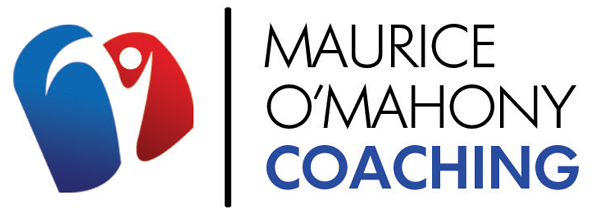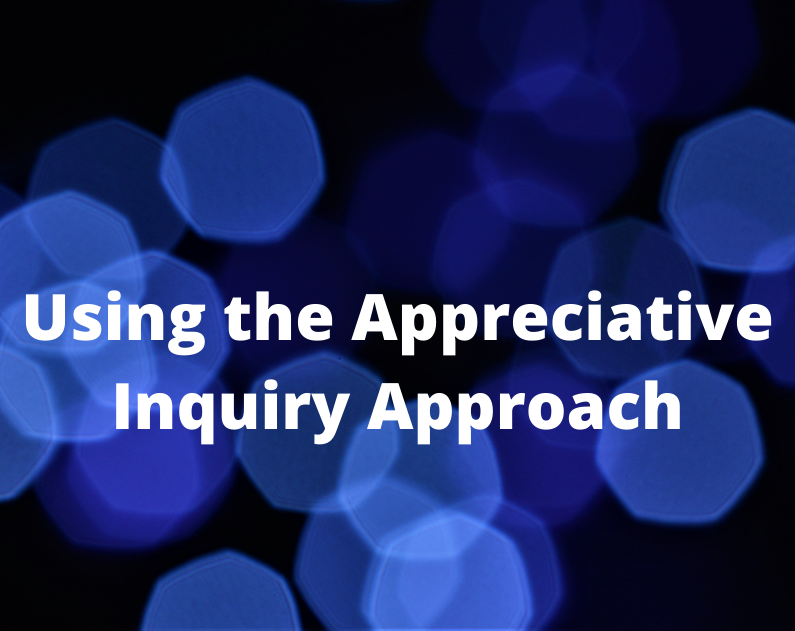The Appreciative Inquiry (AI) approach (Cooperrider & Srivastva) was designed in the 1980’s and is based on the premise that ‘people and organisations change in the direction in which they inquire.’ In short, if you focus on problems, you will find an endless supply of problems. If you focus on solutions and what’s working well, you will get more of that.
What people and organisations focus on becomes their reality
Adopting the AI approach does not mean people and organisations ignore or are delusional about problems. Rather, they adopt the approach of looking at problems as opportunities to learn and grow and accept that they are an inevitable part of life. The starting point with AI is to focus on what’s worked well in the past, whats working well now, what strengths and resources are available and then moving forward with a solution focussed positive approach.
There are many challenges in the modern workplace. One of the key roles of leadership and management is to help people to be better equipped, more confident and more resilient in their problem solving journey (with its multitude of variable outcomes) by coaching them to move forward carrying the best strengths, skills and resources of their past and present with them. Supporting people in this way enables them to be creative and confident in meeting challenges as they inevitably arise.
Appreciative Inquiry is a central part of coaching and leadership management. The use of positive language, and in particular positive questions is incredibly powerful. It creates momentum and reduces roadblocks.. The power of positive language cannot be overstated. Positively worded questions can stimulate creativity and action while negatively worded questions can bring the defensive barriers crashing down.
Take a look at the following example of a problem focussed question vs an Appreciative Inquiry question . . . .
What problem are you worried about?
vs
What do you want more of?
The first question focusses the mind on the problem (“The Worry”) usually leading to challenging and negative thoughts and emotions. The second question using the AI approach enables the client to focus on what they want more of. This is empowering and results in positive thoughts, emotions and creative solutions.
Adopting an appreciative inquiry approach can be incredible powerful. In the coming days and weeks, ask yourself how you could bring more of this approach into your encounters at work (and indeed at home.) and see the difference it makes.

